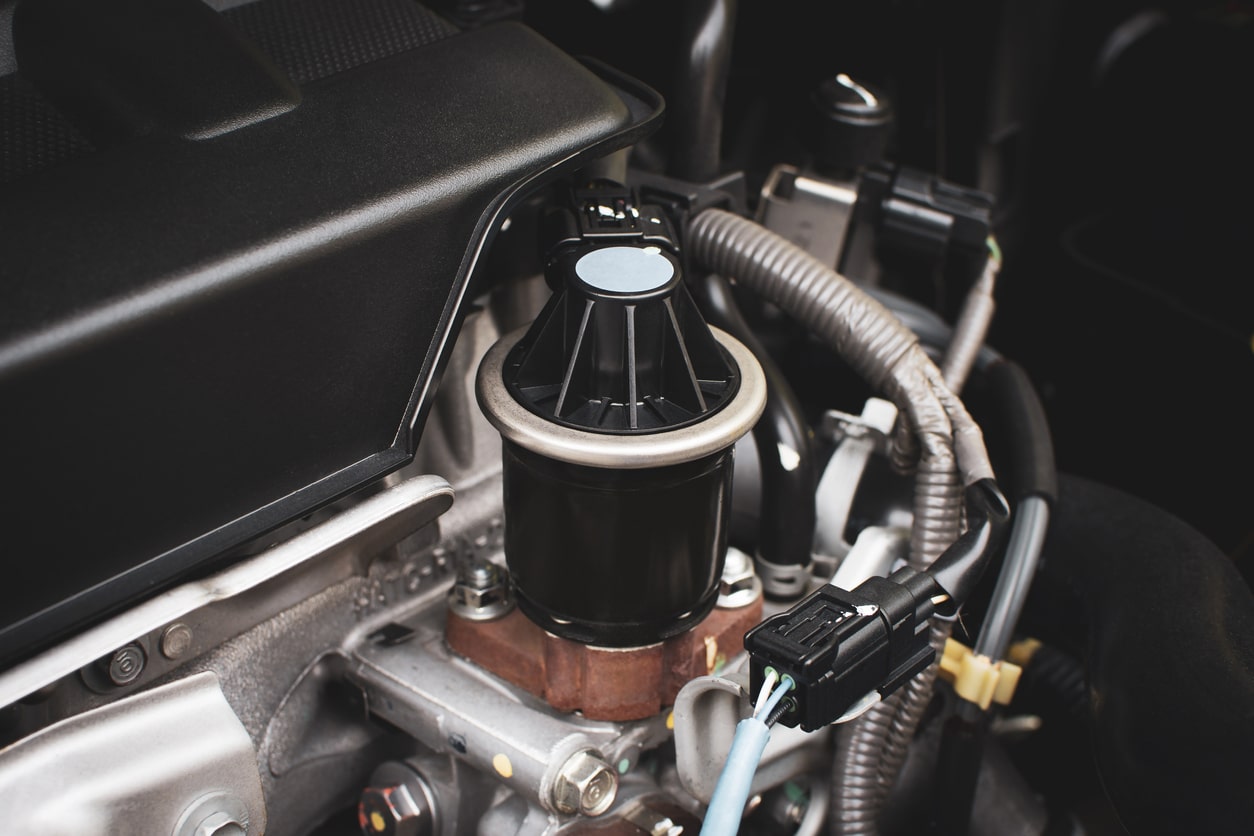Exhaust resonators. What are they? What do they do? And can you remove them legally here in the UK?
These are all questions we’ll be answering in our need-to-read exhaust resonator guide. Use the links below to navigate or read on to get the help and advice you’re looking for.
What is an Exhaust Resonator and What Does it Do?
A resonator is a component within the exhaust system that is used to alter the sound of a vehicle’s exhaust. It shouldn’t be confused with a muffler which is designed to dampen noise and emissions. Instead, a resonator helps to improve the overall sound of the exhaust – including reducing volume and removing annoying high-pitched noises.
Typically, exhaust resonators are located towards the end of an exhaust system, sandwiched between the connecting pipe that goes to the muffler and the tailpipe at the very end of the assembly. They essentially provide a last-gasp way to reduce and control exhaust sound before gases are expelled from the system.
How do resonators work? Essentially, they contain a series of passages that help to eliminate vibrations, controlling the overall sound and volume of the exhaust. They work in conjunction with the muffler to dampen sound so that your car can produce maximum power without being overly loud and disruptive out on the road.

Can an Exhaust Resonator Affect Car Performance?
Despite this being a very common query, there’s no reason to suspect that an exhaust resonator is the cause of diminished engine performance for your car. A huge number of makes and models have resonators fitted as standard to control exhaust sound and volume, so this should be enough to convince you of the merits of this particular vehicle component.
That said if your car’s exhaust resonator has developed a fault, there is a chance that this could impact performance. Bad exhaust resonators can cause a range of symptoms, including:
- Unusual smells
- A loud engine sound
- Increased stalling
- Poor fuel economy
- Check engine light
If you’ve noticed any of these tell-tale signs, it could be time to get your exhaust assembly checked. That’s not to say the resonator is automatically to blame, with other faulty exhaust components – like the muffler and catalytic converter – sharing similar symptoms.
Handy at DIY? Holts Gun Gum can help you repair different parts of your exhaust where small cracks and holes have developed. Take a look at our complete exhaust repair range to find out more.
How Do You Know if Your Car has an Exhaust Resonator?
If you want to find out if your car has an exhaust resonator fitted, there are a few ways to go about it.
Visual Inspection
The first and most practical method is to have a look under your car. Since resonators are typically located towards the end of the exhaust assembly, you should be able to see whether your make and model has this type of component fitted relatively easily. But what are you actually looking for?
Well, exhaust resonators appear like a mid-sized exhaust box, smaller than the muffler but wider than the pipes that feed in and out of them. They’re usually spherical in shape, with a broad cylinder containing perforated tubing that allows the device to dampen engine noise vibrations.
Remember, resonators are fitted after the muffler and before the tailpipe, so if there is a slightly larger exhaust component in this area, it’s safe to assume your car has a resonator installed.

Your Owner’s Manual
If you don’t feel like crawling around under your car or going to the effort to jack it off the ground, you can always check your owner’s manual. This should provide a detailed overview of every component fitted to your vehicle along with a diagram of where they’re located. If this isn’t the case for your car, your next best bet is a Haynes Manual.
Forums and Car Clubs
Let’s face it, most motorists Google car-related queries rather than reaching for their car’s manual, so don’t be afraid to check forums and car clubs for model-specific info on resonators. This can also be a useful way to compare the typical symptoms of a faulty resonator with fellow owners, so you can get a better picture of what could be wrong with your car.
Is it Illegal to Remove an Exhaust Resonator in the UK?
It is not illegal to remove an exhaust resonator in the UK, provided this doesn’t cause a spike in your car’s engine volume.
In the UK, the sound emitted by a standard car mustn’t exceed 80dB. Any higher than that and you risk having your car impounded by the police until the exhaust system is rectified, along with a £50 fine.
It’s worth remembering, too, that members of the public can anonymously report cars with loud exhausts – so it isn’t just driving within a mile or so of a police car that you need to worry about.
With all that said, plenty of drivers remove or change their car’s exhaust resonator with no problems. Doing so can create a different engine tone, helping to give your car a sportier feel or else make it even quieter and less annoying.
Will My Car Fail its MOT if I Remove the Resonator?
Removing an exhaust resonator does not mean automatic MOT failure. However, if the removal leads to an increase in emissions or an illegally high exhaust volume, you could fail the test and be forced to replace the component.
So, there you have it, a need-to-know guide to exhaust resonators and the potential issues which can come as a result of removing one. If your car’s exhaust resonator has become damaged, Holts Gun Gum could be just what you need to repair it. Tap here to learn more.
